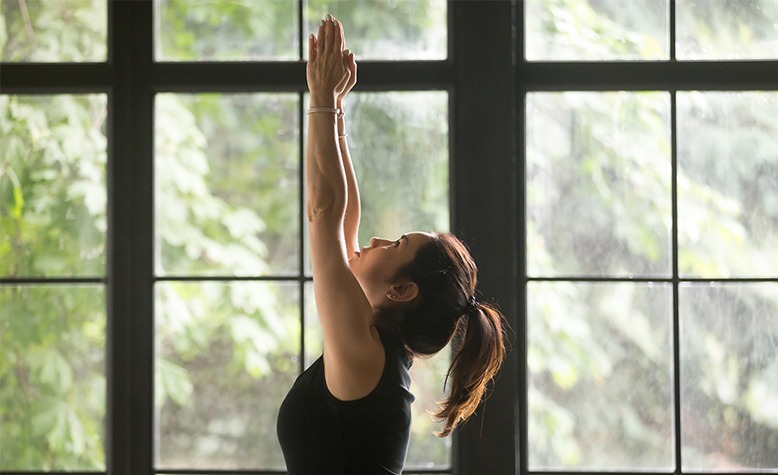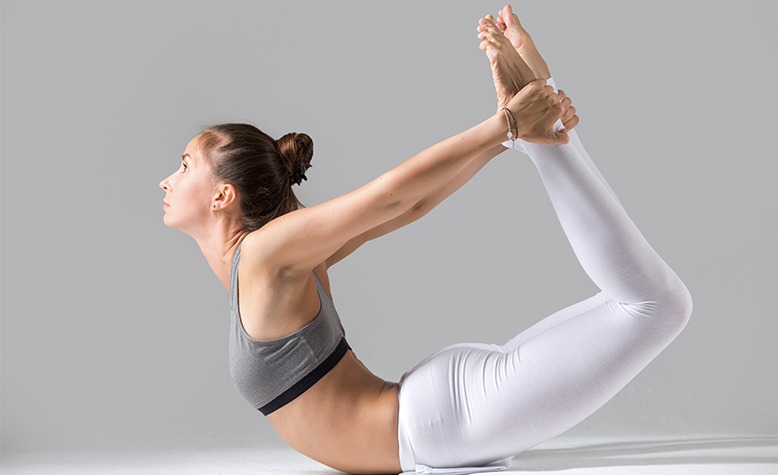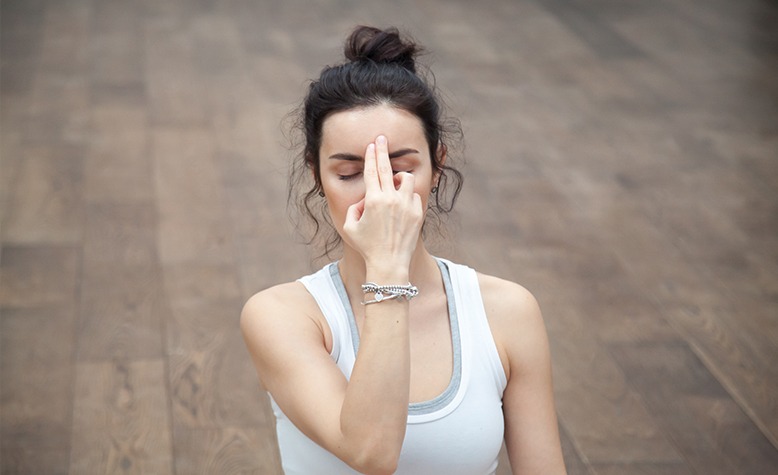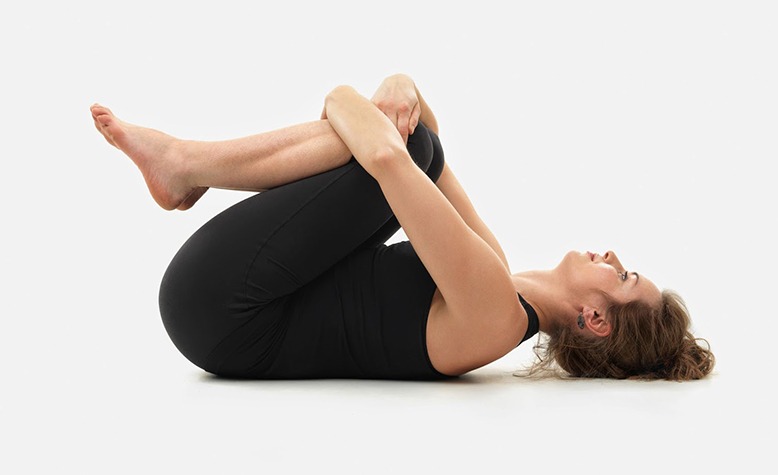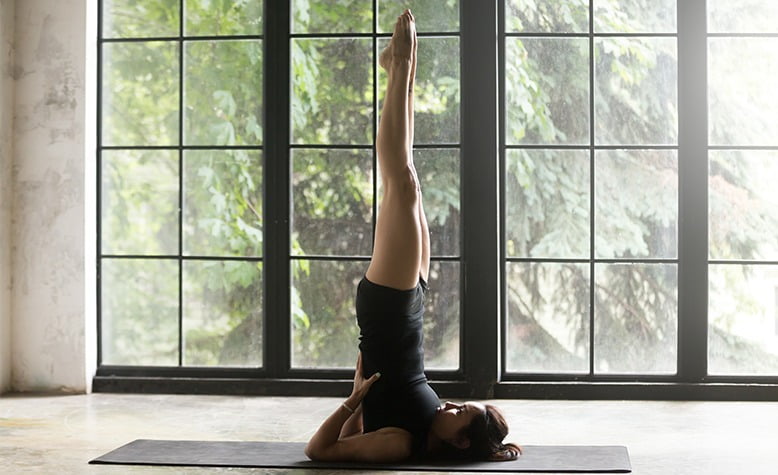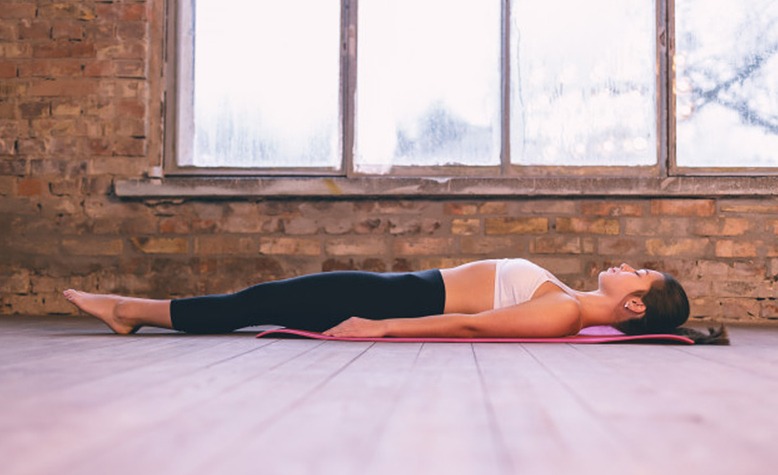Table of Contents
Those days of the months are the stuff of dreams for many young ladies; the excruciating pain, cramping, bloating and the bleeding. The problem gets more serious when there are heavy and irregular periods. Generally, women would never want to pass through that phase again and again … surely, something can be done about it?
What is irregular periods?
The menstrual cycle is 28 days for most women. But it can range from 21 to 38 days. It is termed as irregular, if you do not have your periods for over 35 days or if there is unexplained bleeding within 21 days of your previous cycle. Your monthly cycle can be occasionally irregular and this is normal. But, it is advisable to consult a doctor, if you have frequent irregular menstruation.
Reasons For Irregular periods
Irregular periods can be caused by changes in hormonal levels, Polycystic Ovary Syndrome (PCOS), changing birth control pills, and using certain medications. Other reasons could include thyroid issues, pregnancy, breastfeeding, uterine fibroids, and high levels of stress.
Yoga during periods is one of the best ways to manage irregular menstruation, painful cramps, and other menstrual disorders. Yoga for comfort from menstrual pain is advisable.
1. Tadasana Pose Yoga Pose
Benefits
The entire spine is stretched, and the spinal nerves are relaxed. This asana improves physical and mental balance. This asana will also help in regularising your menstrual cycle.
How to do it
Stand erect with your feet together or about 10 cm apart. Raise the arms above the head and place your folded hands together on top of the head. As you inhale, stretch your arms, shoulders, and chest upwards. Simultaneously, raise the feet and stand on your toes. Stretch the whole body from top to bottom, without losing your balance or moving the feet.
Keep the eyes open and fix your gaze at a point in front of you. Stay in the position for a few seconds depending on your capacity. Exhaling slowly, come down on the heels. This is one round. Do this five times. Breathing should be synchronized with the raising and lowering of the arms.
Benefits
This asana helps to improve digestion by stimulating gastric secretions. The liver, abdominal organs, and muscles are massaged. This asana is suggested for the management of diabetes, menstrual disorders, and neck pain.
How to do it
Lie flat on your stomach, with the legs and feet together, and the arms and hands with the body. Bend the knees and bring the heels close to the buttocks. Place the chin on the floor, clasp your hands around the joints. Take a deep breath and raise your head, trunk, and legs above the ground to lift your legs, while pulling hands and legs in opposite directions. Support the entire body on the floor. Hold the posture for as long as you are comfortable. Then, slowly relax the leg muscles. Lower the legs, chest, head and trunk to the starting position. Do this for a minimum of three times daily.
Word of caution
People struggling with colitis, hernia and slipped disc should avoid this asana
-
Nadi Shodhana Pranayama Yoga Pose
Benefits
This pranayama ensures that the whole body with extra oxygen while carbon dioxide is efficiently expelled and the blood purified of toxins. This pranayama increases vitality, alleviates anxiety and lowers stress levels. Nadi means the flow of energy or channel, and shodhana means purification. Regular practice of this pranayama will leave you feeling uplifted and stress-free.
How to do it
Sit in a comfortable meditative posture. Keep the head and spine upright. Relax the whole body and close the eyes. Then with the help of the right-hand thumb, close the right nostril. Now breathe in through the left nostril. Then, close the left nostril with the ring finger and release thumb pressure on the right nostril while breathing out through the right nostril. Next, inhale through the right nostril. Hold and then release the left nostril. This is one round of Nadi Shodhana Pranayama. Repeat this for a minimum of 20 rounds.
-
Pawan Muktasana yoga pose
Benefits
This asana massages the digestive organs and is, therefore, very effective in removing wind and helping with constipation. It also gives you relief from indigestion during menstruation.
How to do it
Lie down on the back with both ankles and toes together. Fold the knee of the left foot and raise it up towards the chest. Then with both hands, fold the knee between both elbows, push the knee towards the chin and look straight ahead. In this position, the other foot will remain straight. Similarly, repeat with the other leg. Then both the legs together. In the end, fold both legs between both arms and place the knees on the chin, and look straight ahead. Do this thrice with each leg.
Word of caution
If you struggle with a slipped disc or sciatica, you should not attempt pawan muktasana.
-
Sarvangasana yoga pose
Benefits
This asana helps in the smooth blood supply to the organs in the upper part of the body such as eyes, heart, face, thyroid, roots of spinal nerves and brain. As a result, circulatory congestion is relieved and hormones flow freely into the blood. This asana is also used in yoga therapy for treating menstruation-related pain.
How to do it
Lie down on the back and relax completely. Slowly lift the legs, hips, and trunk in a continuous movement until vertical. Raise the legs – keeping the knees and hips straight by supporting with the arms on the ground. Then bend the elbows and hold the trunk with the hands. In this posture, the chin is buried in the upper chest. Retain the position for as long as it is comfortable, then come down slowly. Do this asana only once in a day.
Word of caution
Those with high BP, heart ailments, cervical pain and slipped disc should avoid doing this asana.
-
Shavasana Yoga Pose
Benefits
This asana relaxes the body and mind. It should be practiced before sleeping. This asana is also helpful in reducing discomfort during menstruation.
How to do it
Lie flat on the back with arms around 15 cm away from the body, palms facing upwards. Let the fingers of both hands curl naturally. Close the eyes. The head and spine should be in a vertical. Rest the whole body and hold all physical movements. Become aware of your natural breathing. Now, with every inhalation, chant the word ‘So‘ and with every exhalation, say the word ‘Hum’. Repeat the mantra for five to 10 minutes. Relax your body and concentrate fully on the breathing.
Word of caution
Try not to move your body while practicing this asana, because the slightest movement may lead to muscular contraction.
See Also:




